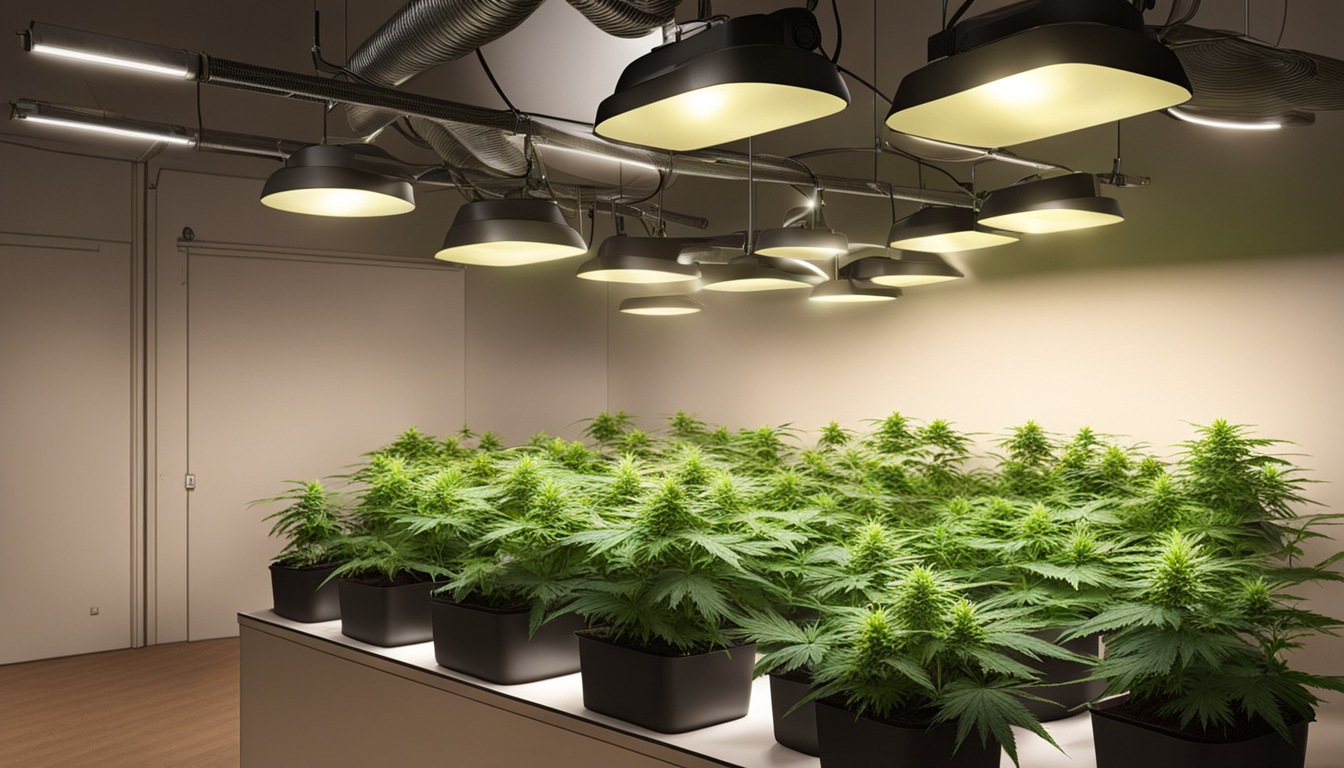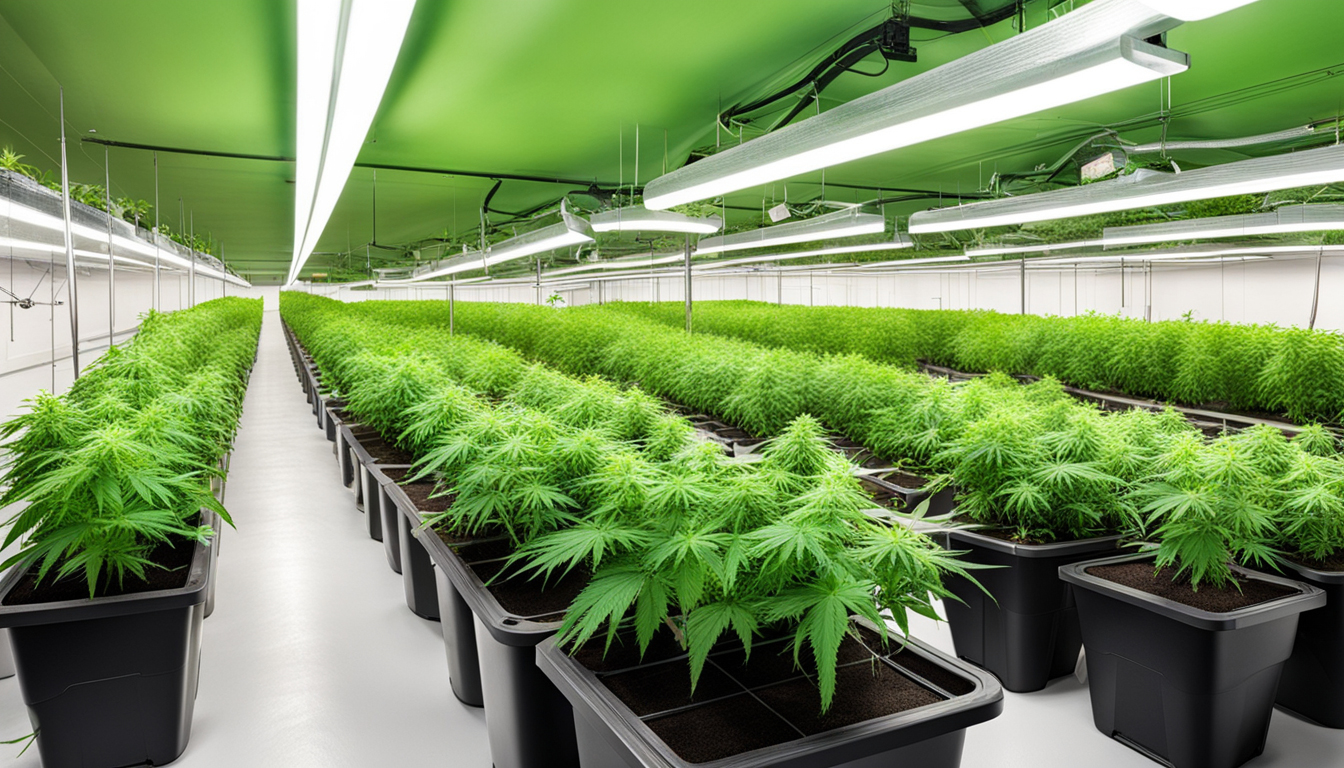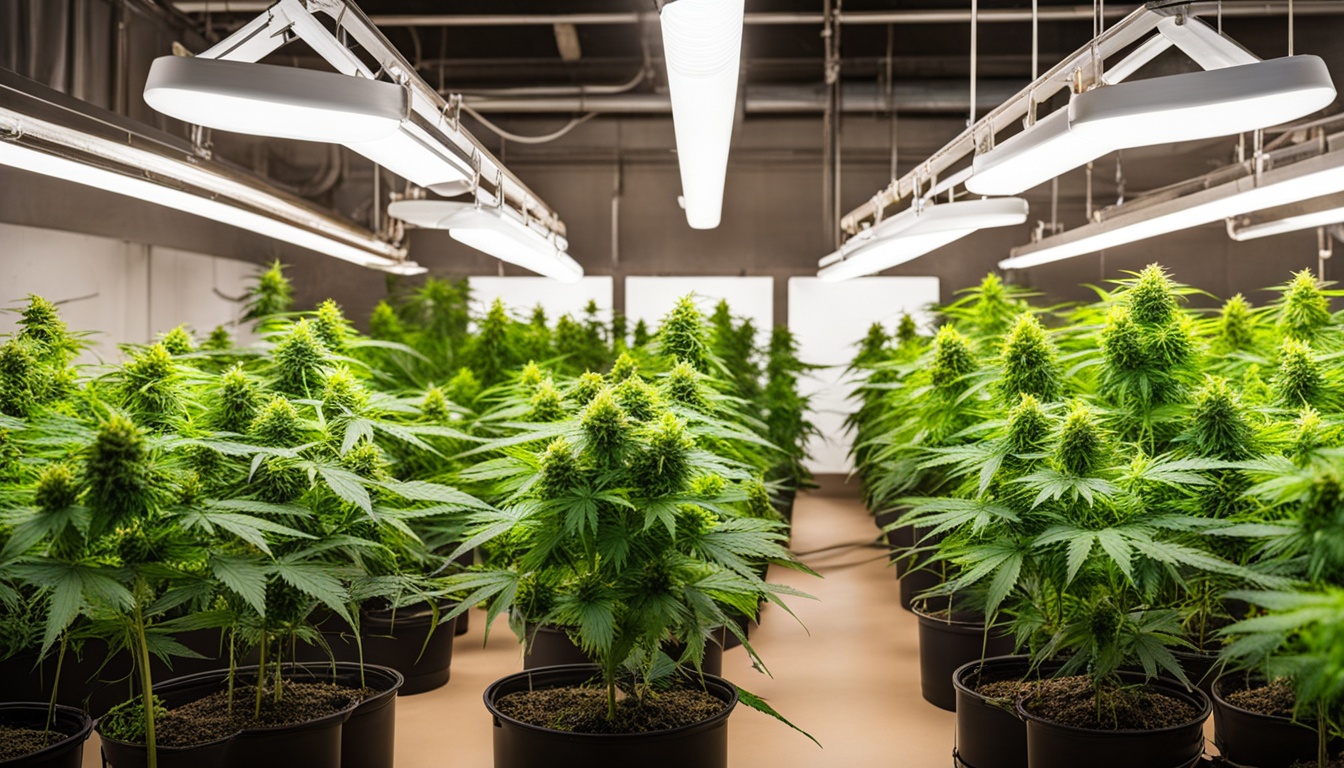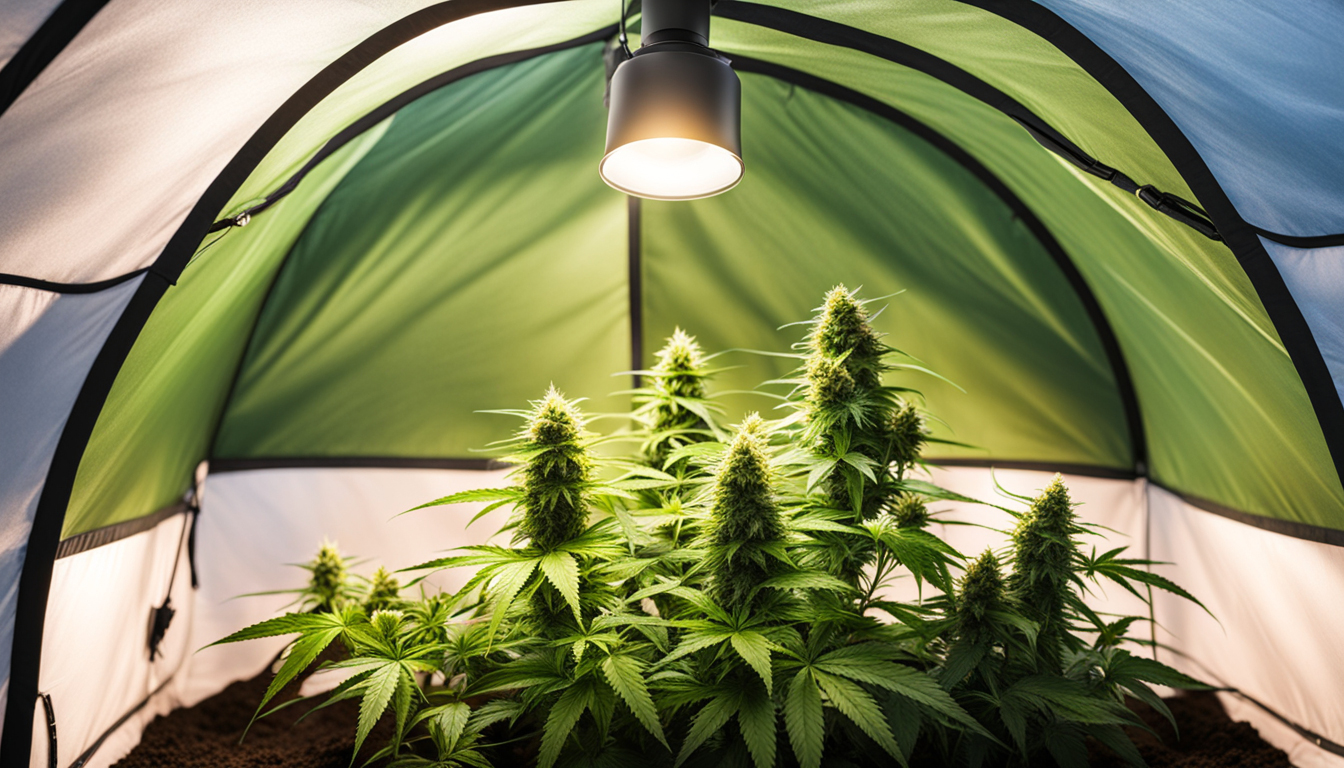
Whether you're new to cannabis cultivation or looking to improve your existing grow, following this complete guide will help you produce bountiful, high-quality yields right at home. With the right supplies, methods, and care, growing cannabis indoors can be an extremely productive and cost-effective endeavor.
Choosing Pot Varieties
The first step in planning your indoor crop is picking the right cannabis cultivars to grow. The three main types of weed plants each have their own characteristics.
Energizing strains
Known for their uplifting intellectual effects, sativas grow tall and slender with narrow leaves. They flourish in hotter equatorial climates and have a longer blooming time between 2.5-3 months indoors. Top sativa strains include Jack Herer, Durban Poison, Super Lemon Haze, and Jack Herer.
Relaxing strains
Indicas provide relaxing body-focused effects and grow short and bushy with broad leaves. Accustomed to cooler mountain climates, they flower faster within 2-2.25 months. Popular relaxing varieties include Granddaddy Purple, Northern Lights, and Bubba Kush.
Mixed strains
Mixed strains mix traits from both energizing strains and indicas. They offer blended effects and have medium flowering times around 2.25-2.5 months. Well-known mixes are Blue Dream, OG Kush, and Blue Dream.

Setting Up Your Cultivation Space
Weed plants need the right controlled environment to succeed. Key factors for indoor farms are lights, ventilation, layout, and finding the ideal discreet area.
Location
Choose an unused space with direct access to water and power outlets. An empty spare room, large closet, corner of the basement, or grow tent tucked away in a garage all make great stealthy grow room spots.
Lights
Weed requires powerful light for all growth stages. LED grow lights are efficient and come in broad spectrum options simulating real sunlight. Cover 250-400 watts per square foot for the vegetative stage and 400-600 watts per square foot for bloom.
Airflow
Proper airflow and exhaust systems maintain ideal temp, humidity, and fresh CO2 levels. Set up quiet 4-6 inch blowers or carbon filters to refresh old air and eliminate smells.
Layout
Optimize your space by arranging plants carefully under the lamps and leaving room to access and work around them. Set up distinct zones for growth, flowering, drying, and propagation.

Growing Mediums
Marijuana can be cultivated in various substrates, each with benefits and cons. Pick a suitable option for your specific setup and growing style.
Soil
The classic substrate, soil is affordable and easy for beginners. It provides excellent taste but needs more irrigation and fertilizing to nourish plants. Amend soil with perlite or coco to improve drainage.
Coco Coir
Made from coconut husks, reusable coco coir retains water but still allows air to the roots. It's more sterile and more consistent than soil. Use coir-specific fertilizers to prevent calcium buildup.
Hydroponics
In hydro systems, plant roots grow directly in nutrient water solution. This allows rapid growth but needs close monitoring of water chemistry. Deep water culture and drip systems are common methods.
Sprouting Seeds
Sprouting prepares your pot seeds to start growing radicles. This readies them for transplanting into their cultivation medium.
Towel Method
Put seeds between wet paper towel and maintain them damp. Inspect after a week for emerging taproots indicating germination is complete.
Direct Planting
Plant seeds directly into wetted cultivation medium 6mm deep. Gently water and wait 7-14 days until seedlings break through the surface.
Cubic rockwool
Soak cubic rockwool starters in balanced water. Place seeds 6mm deep into the cubes. Keep cubes wet until sprouts emerge within 1-14 days.
Transplanting Seedlings
Once sprouted, weed seedlings need to be transplanted to avoid overcrowding. Move them into appropriately sized containers.
Preparing Containers
Fill final pots with growing medium amended with time-released fertilizer. Allow pots to absorb water for 8-12 hours before Subscribe Now transplanting.
Carefully Transplanting
Gently separate seedling roots from germination medium using a spoon. Place into pre-soaked pot at same depth as before and lightly water in.
Vegetative Stage
The vegetative stage encourages foliage and plant structure through 18-24 hours of daily light intensity. This stage usually lasts 1-2 months.
Using 3/4 to full day of Lighting
Use lamps on a 24 daily cycle or natural sunlight to trigger nonstop growth. Lamp intensity influences size and internodal spacing.
Fertilizing
Use grow stage fertilizers richer in N. Make sure pH remains around 6.5 for proper fertilizer absorption. Feed 1⁄4 to 1⁄2 concentration after 14 days and increase gradually.
Training Techniques
Fimming, LST, and scrogging manipulate shoot shapes for even canopies. This boosts yields.

Flowering Stage
The blooming stage grows buds as plants show their sex under a 12 hour light timing. It lasts 2-3 months depending on variety.
Changing Light Schedule
Switch lamps to 12/12 or move outside for outdoor 12 hour cycle. This signals plants to begin flowering.
Flushing
Flushing flushes out nutrient salts to improve flavor. Fertilize weakly the first period then just use plain water the last 2 weeks.
Flushing
Continue 12 hour photoperiod but flush using neutral pH water only. Resume plain watering if buds aren't yet mature after two weeks.
Reaping
Knowing when pot is fully ripe delivers peak potency and aroma. Harvest plants at peak ripeness.
Identifying Ripeness
Check swollen calyxes, faded pistils, and 5-15% amber trichomes. Inspect buds around the plant as they don't all mature evenly.
Cutting Plants
Use sterilized, razor-sharp trimming scissors to carefully slice each plant at the base. Keep several inches of stalk attached.
Drying
Suspend intact plants or branches inverted in a dark room with average temp and humidity around 45-65% for 1-2 weeks.
Aging
Curing keeps drying while aging the buds like aged spirits. This process mellows bitterness and further develops terpene and terpene profiles.
Curing containers
Trim dried buds from branches and store into glass jars, filling about 75% capacity. Use a sensor to measure jar moisture.
Opening jars daily
Open jars for a short time each day to gradually lower humidity. Rehydrate buds if RH goes under 55%.
Long term storage
After 2-3 weeks when humidity levels off around 55-60%, perform a last manicure and keep long-term in sealed jars.
Troubleshooting
Even seasoned growers run into various marijuana plant problems. Detect problems early and address them properly to keep a vibrant garden.
Poor feeding
Chlorosis often indicate insufficient nitrogen. Purpling stems and leaves signal low phosphorus. Test pH and boost nutrients gradually.
Pests
Spider mites, fungus gnats, mites, and nematodes are common weed pests. Use neem oil sprays, ladybugs, and yellow traps for organic control.
Powdery mildew
Excessive moisture promotes powdery mildew and bud rot. Improve airflow and circulation while lowering humidity below 50% during flowering.

Conclusion
With this complete indoor cannabis cultivation guide, you now have the info to cultivate bountiful strong buds for personal harvests. Follow these steps and techniques throughout the germination, growth, and bloom stages. Spend in quality equipment and carefully monitor your plants. In time, you'll be rewarded with frosty fragrant buds you raised yourself under the loving care of your green thumbs. Happy growing